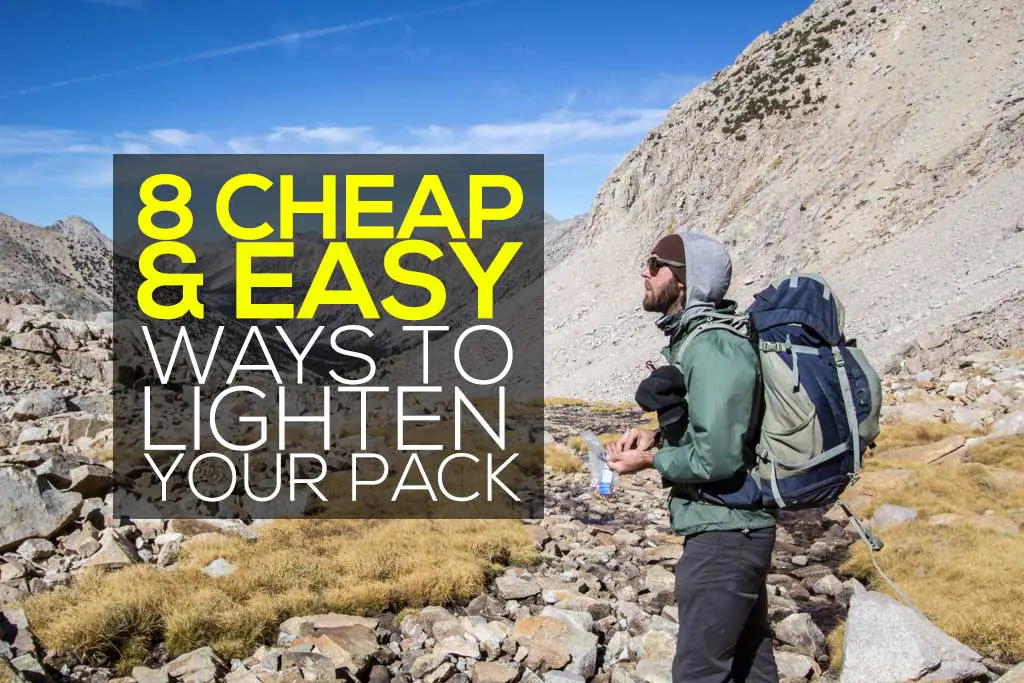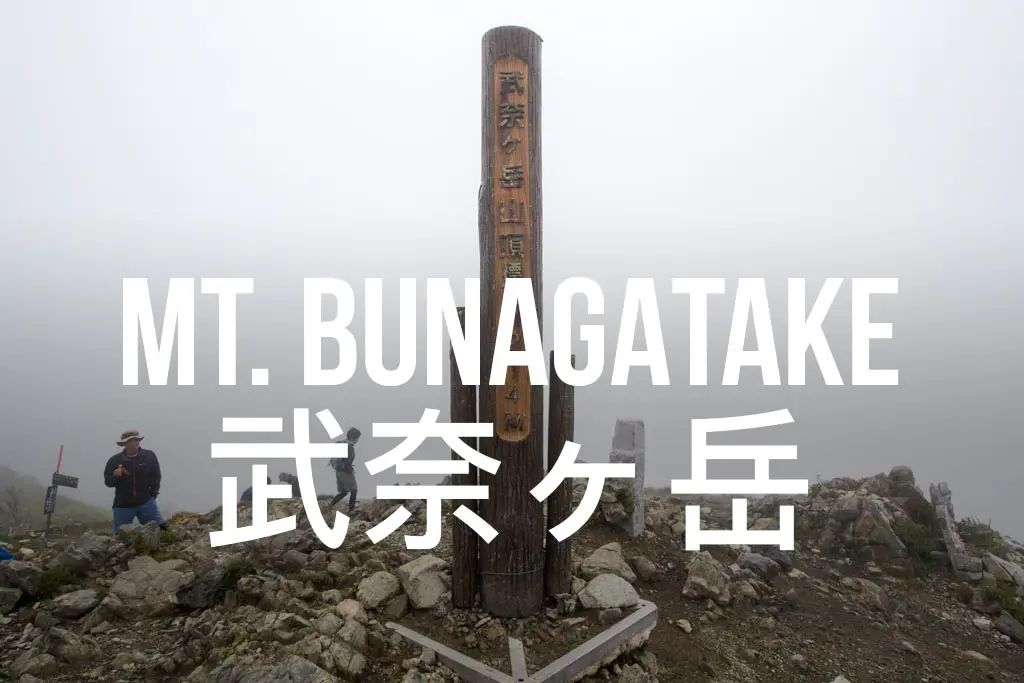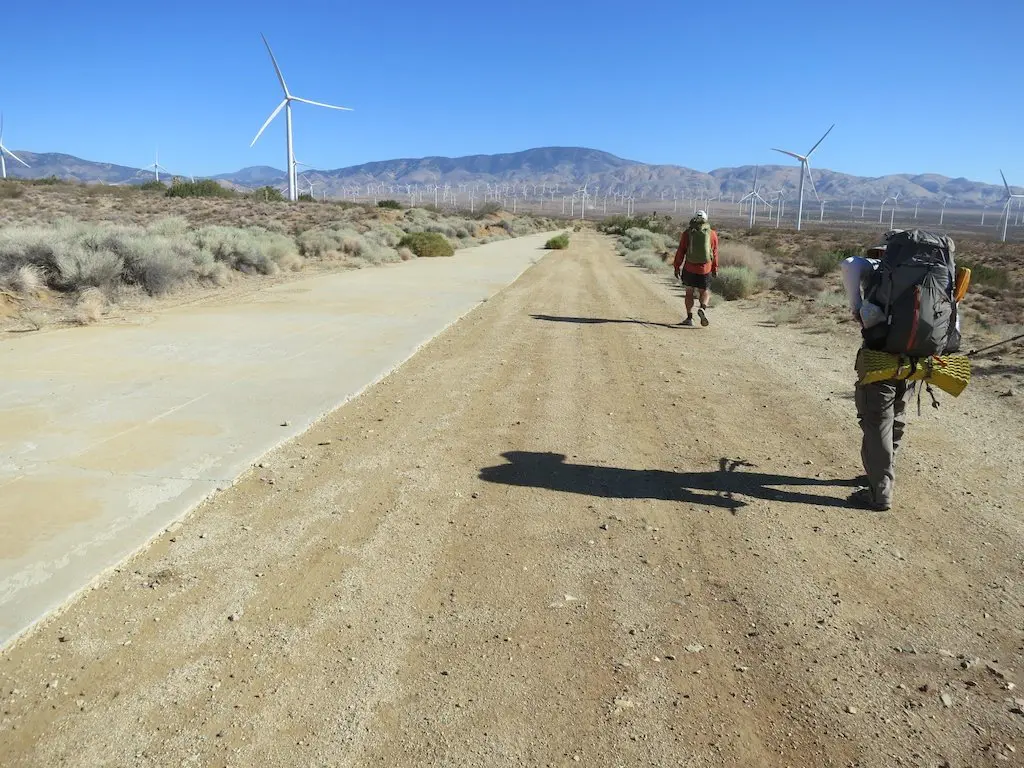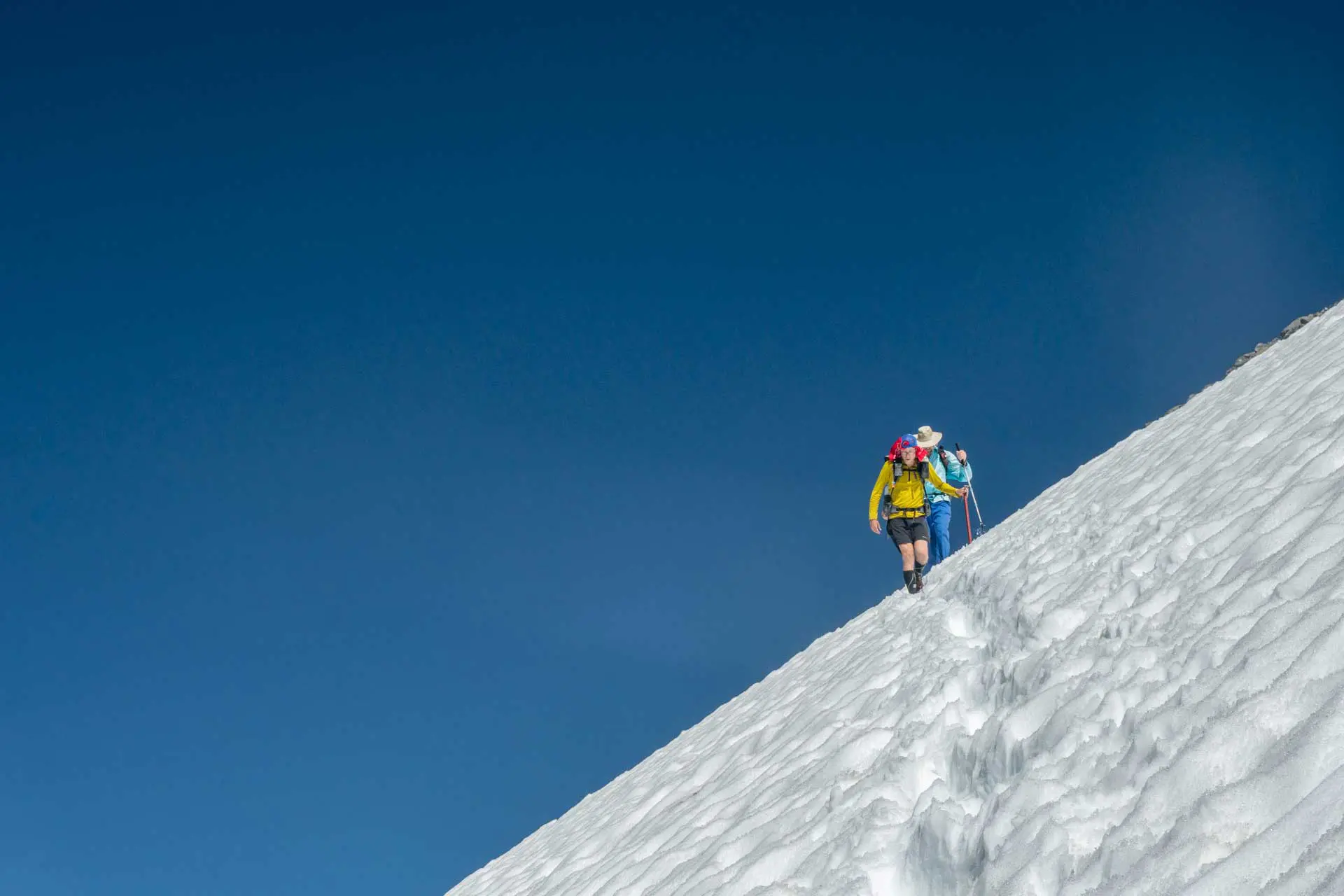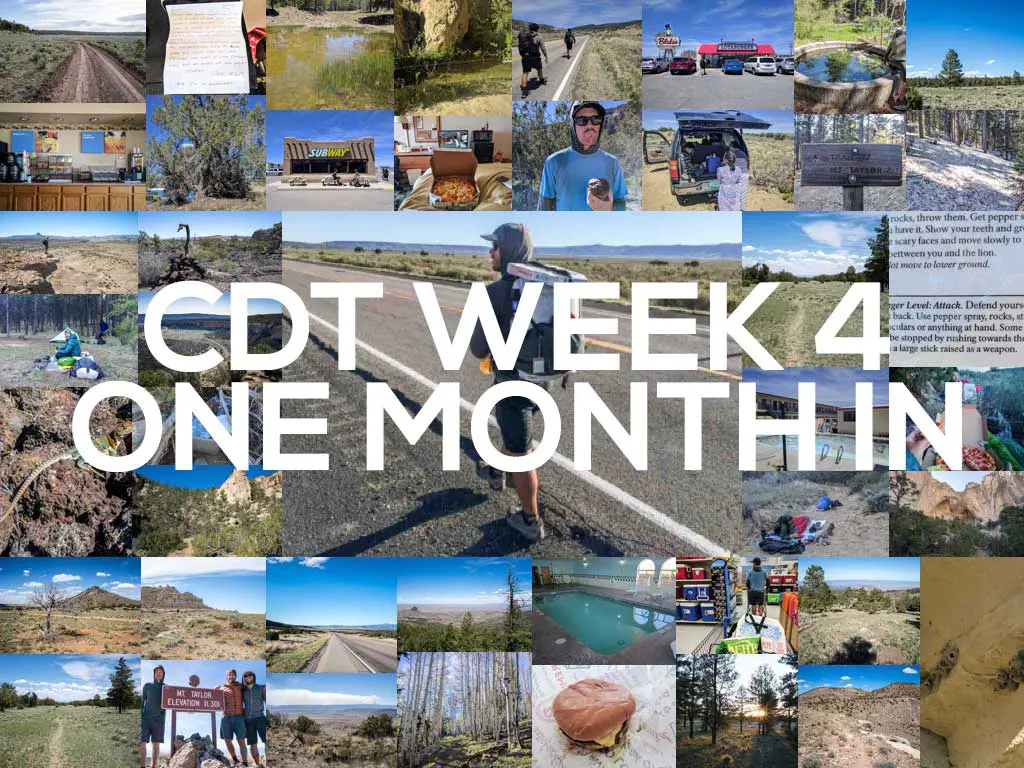8 Cheap And Easy Ways To Lighten Up Your Pack
In case nobody’s told you, all the cool kids (or at least all the kids who tell themselves they’re cool) out backpacking, thru-hiking, and being vagrants in the wilderness are party to an ongoing dick-measuring contest when it comes to the base weight of their packs (that is, the pack’s total weight before taking into consideration consumables such as food and water).
Yes, “having a lower base weight” is oftentimes seen as a point of pride in the thru-hiking world, and being able to say that you “have a lower base weight” than someone else is oftentimes equated to you saying “I’m a better hiker than you” – whatever that means. Personally, I choose to accept that the retention of certain comforts means a heavier load.
That being said, generally speaking, lighter is better (because it’s not too much fun lugging around a heavy and enormous pack). So what can you do to lighten up your pack? Here are small, inexpensive, and easy things that you can do to make that sack of possessions hanging off your back a little less burdensome.
1. Repackage Everything
Hopefully, you’re experienced enough to know that you should be bringing some food with you on your journey out into the wilderness. However, if you’re leaving that food in its original packaging, then you may be bringing along unnecessary weight as well. Get yourself some Ziplocs and make your life a bit easier. Not only will pouring all your M&M’s into Ziplocs save you some weight (and space), but it will magically make all of your food resealable. You can then reuse the bags or use them to store trash in afterward!

2. Rubber Band/Binder Clip Wallet
This is really something you should think about doing in your everyday life, but you should really be minimizing the number of “wallet items” you bring with you into the wilderness. Do you really need that Macy’s gift card you got two years ago and your expired ID with you? Grab your ID, debit/credit card, some cash, and maybe your health insurance card. Secure it with a rubber band or binder clip and you’re finished. You don’t need anything else.
3. Use Plastic Bottles
“I’m going to start backpacking! I guess I’ll need a Nalgene to carry my water, right?” Wrong. A one-liter wide-mouth Nalgene bottle weighs 6.2 oz / 175 g. If you’re carrying three liters of water in three different Nalgenes, then that means you’re carrying more than a pound (453 g) in just water bottles. Not a great investment. No, don’t replace your plastic bottles each time you fill up, and if you prefer there are reservoirs such as these which are also lighter alternatives to Nalgenes.

4. Leave the Books at Home
If you’re bringing a book with you on your hike then chances are that you are either on a very leisurely hike that does not call for high daily mileage or ignorant of the fact that you are not actually going to read any of that book during your hike. If you really want to read then try downloading some PDFs, audiobooks, or the Kindle app on your phone. Books are a serious luxury item and you should not fool yourself with the illusion that you’re going to be “reading every night” (just as you aren’t going to be stretching and doing push-ups every morning).
5. Get a Trash Compactor Bag
Most of us want to protect our things from getting wet, but that usually means carrying an extra piece of gear – a rain cover. However, what’s lighter, cheaper, and more convenient than a rain cover? A trash compactor bag. Yes, get yourself a large trash compactor bag and line the inside of your back with it before doing your packing. Now you have waterproofed everything in your bag for just a few dollars. On top of that, you won’t have to stop to put on your rain cover when the weather turns.

6. Go Stoveless
I know you might not want to hear it, and there will always be those who make the argument that food that needs to be cooked is lighter than ready-to-eat food, but the truth of the matter is that going stoveless will save you weight (and money). When you’re stoveless you aren’t carrying a stove, fuel, something to eat out of, or extra water for cooking and cleanup. If you can find it in yourself to give up that hot drink or that mediocre serving of mashed potatoes, then do yourself a favor and give up the stove. More on going stoveless here.
7. Get a Sawyer
So listen, there are lighter ways to lighten up on water filtration. Those who deem themselves to be awesome and badass will tell you that they simply don’t filter water. Others use things like bleach or Aquamira, but in all honesty, I would not recommend these treatments to people because, frankly, they are fucking annoying. What’s also annoying? The Sawyer MINI (at least over long distances). That being said, it’s only 2 oz / 57 g. If you want a bit less of an annoyance you can always opt for the Sawyer Squeeze – still very lightweight at 3 oz / 85 g (albeit a bit more expensive).
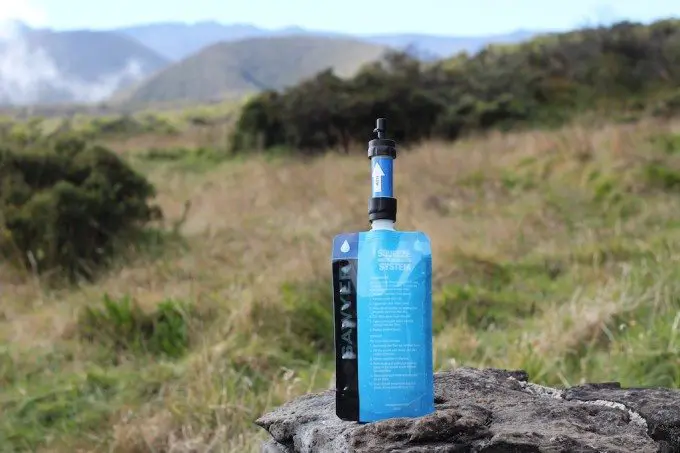
8. Ditch the Extra Clothes
I know. You really think that you’re going to need two shirts, three pairs of underwear, and an extra hat in case yours gets blown away. I’m here to tell you that you’re not going to need these things. An extra pair of socks or underwear? Acceptable. Duplicates of anything else? I don’t think so. Especially if any of the clothing you’re packing is preceded by the words “town” or “sleeping” – just no. And yes, I know many of you will not listen to this advice and you’ll have to discover this on your own, but just know I tried to help you in the beginning.
Wrap Up
Ultimately, you’re the one who’s going to decide what you bring (even if that decision might not be the best one); I get it – I also learn best from experience.
You now might be a different person from you at the end of your journey. Take a look at the things you used, the things you didn’t, and the things that could be possibly combined into a single, multifunctioning piece of gear (utensil handles make great cheese-cutting devices).
If you have any more tips, suggestions, or questions, then please leave a comment and let me know.
